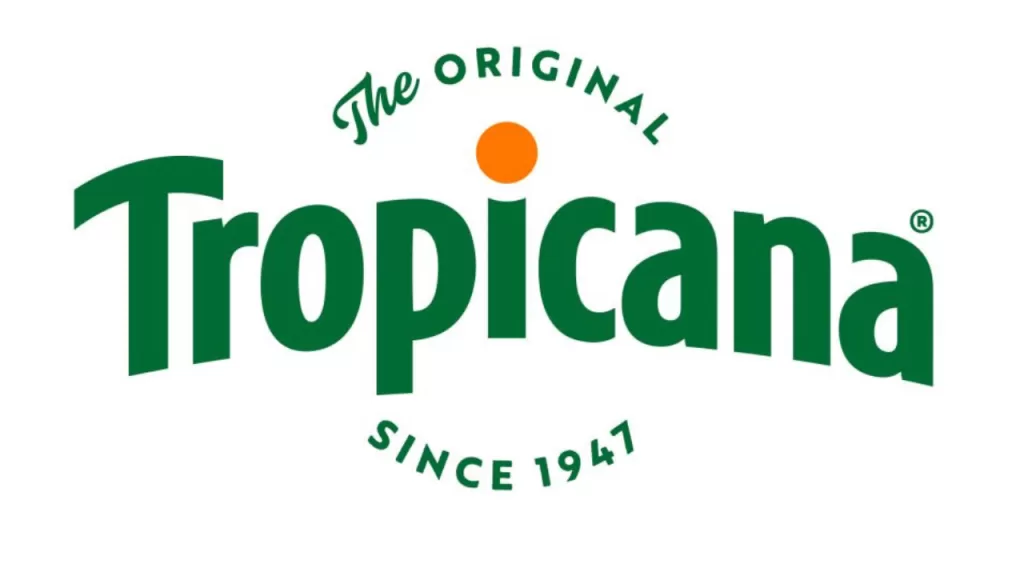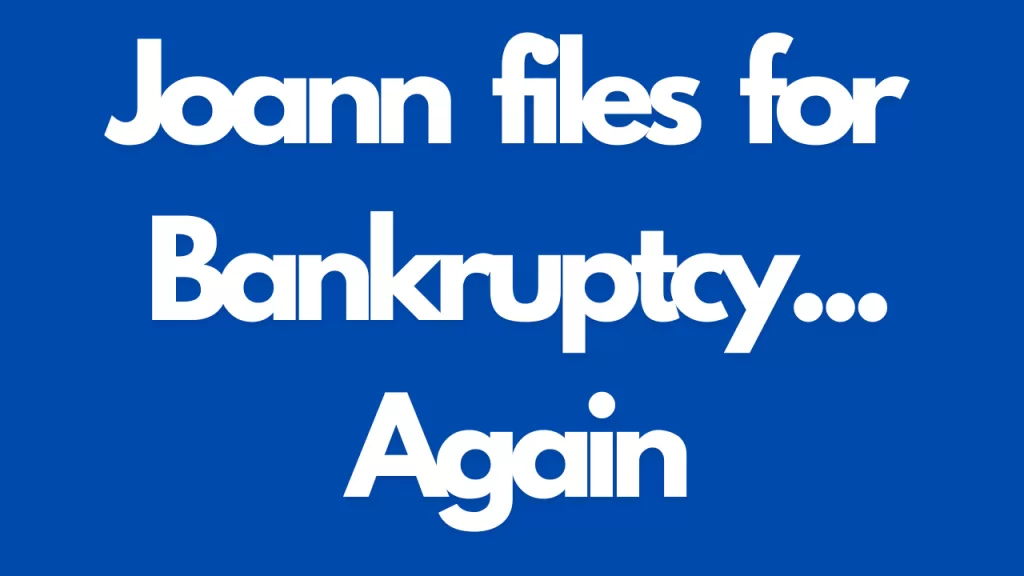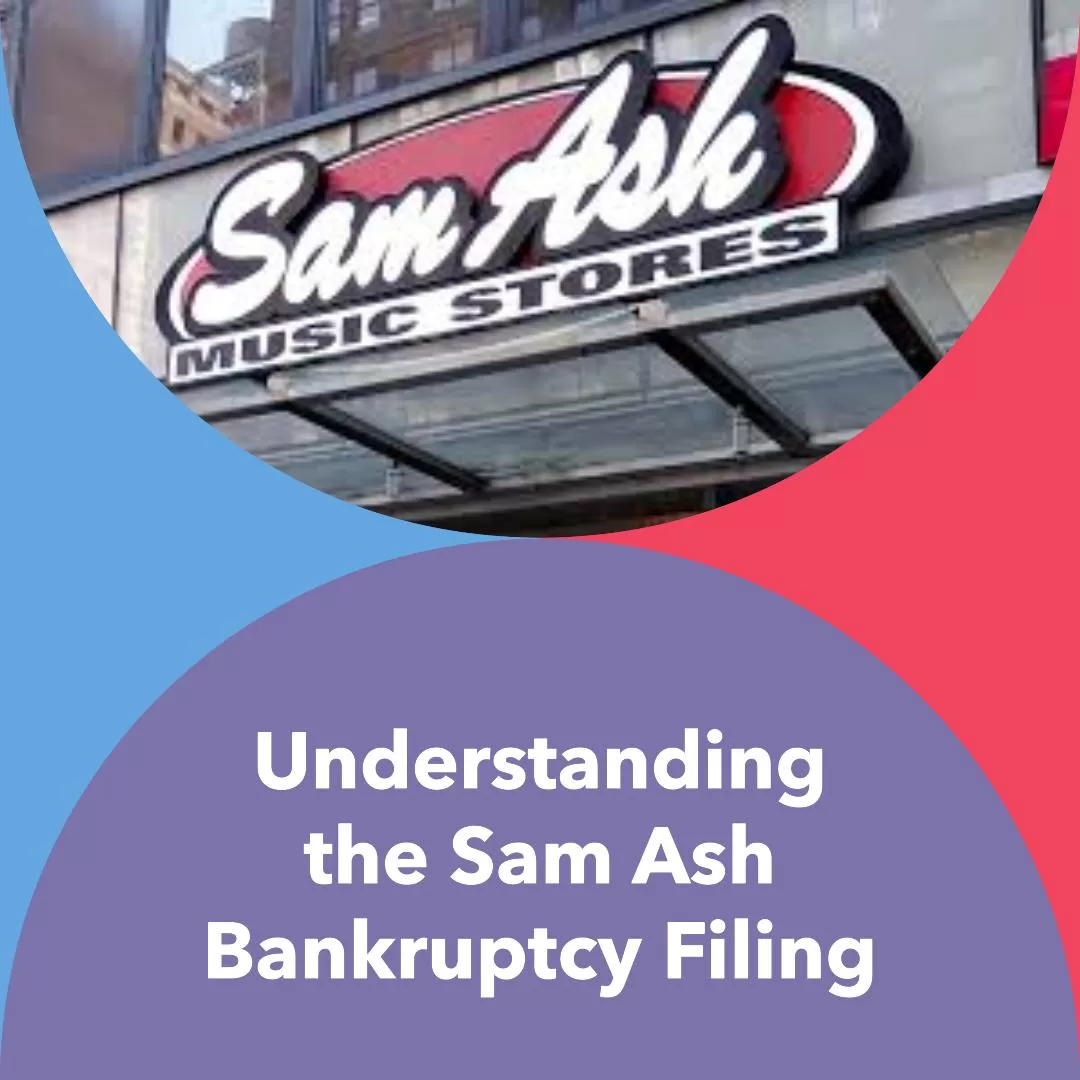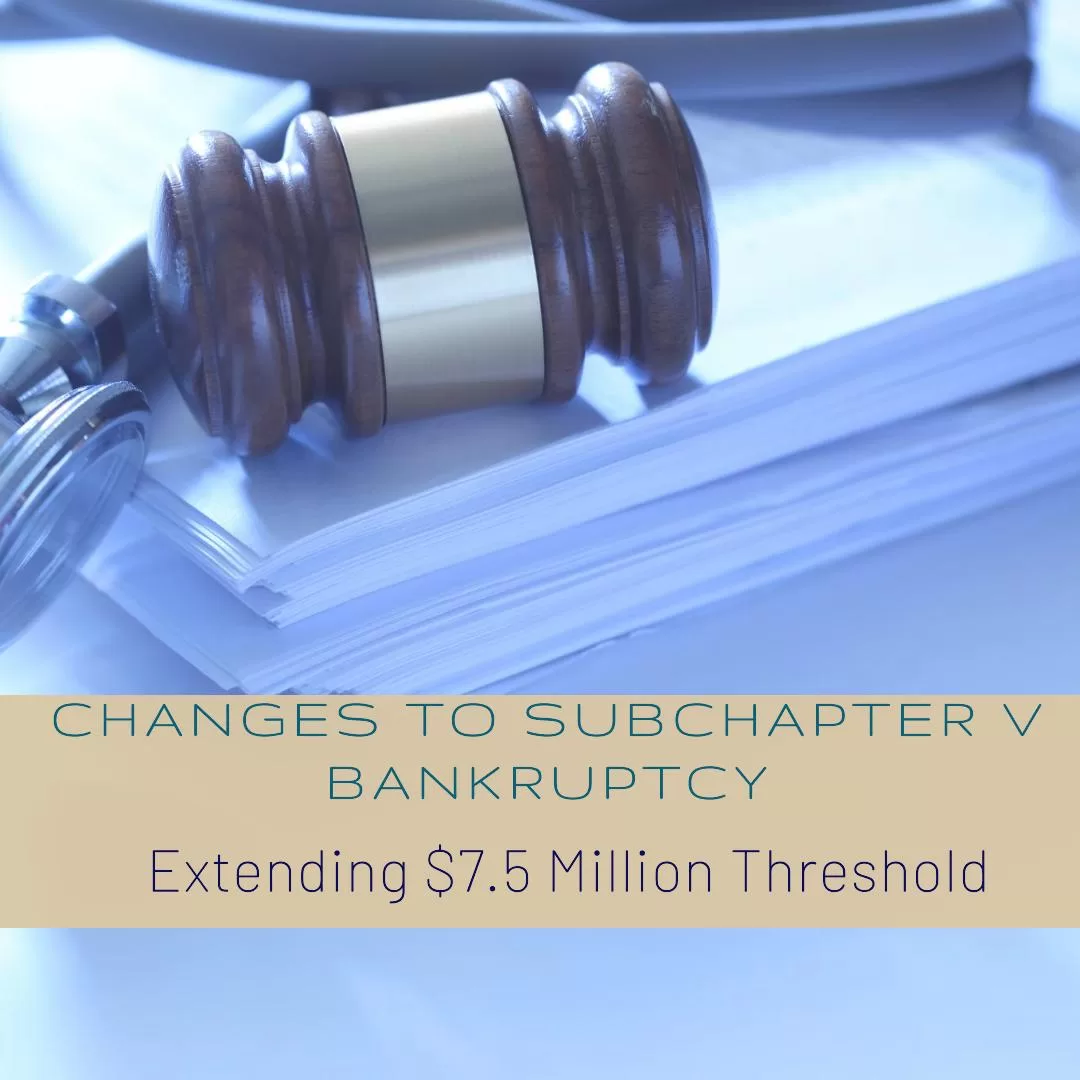Bankruptcy of Tropicana: A Warning to Other Consumer Brands?
The potential bankruptcy of Tropicana, once a dominant force in the orange juice industry, serves as a stark warning to other iconic consumer brands. While the specifics of Tropicana’s decline are unique, the broader implications reflect the challenges many legacy brands face in an evolving marketplace. From shifting consumer preferences to supply chain pressures and branding missteps, Tropicana’s downfall provides valuable lessons for businesses seeking to maintain relevance in an era of rapid change.

1. The Decline of Category Dominance
For decades, Tropicana was synonymous with premium orange juice. However, consumer habits have changed significantly, with younger generations gravitating toward lower-sugar beverages, functional drinks, and sustainability-conscious products. As demand for traditional fruit juice waned, Tropicana struggled to pivot quickly enough.
Other legacy brands must recognize that category dominance is never guaranteed. Even household names can suffer if they fail to anticipate or adapt to long-term industry shifts. Brands reliant on single-product categories must diversify or innovate to meet emerging consumer needs.
2. The Cost of Supply Chain Volatility
Tropicana’s financial woes were exacerbated by rising costs of production, supply chain disruptions, and unpredictable agricultural yields. Citrus crops have been increasingly affected by climate change and disease, leading to higher prices and inconsistent supply.
Companies dependent on raw materials, especially those tied to climate-sensitive agriculture, should take note. Investing in diversified sourcing, resilient supply chains, and sustainability initiatives is crucial to mitigating such risks. Brands that fail to plan for these external pressures may find themselves in financial distress.
3. Brand Equity Alone Won’t Save You
Tropicana enjoyed significant brand recognition, but that wasn’t enough to secure long-term success. In fact, a controversial rebranding in 2009—where the company abandoned its iconic “orange with a straw” packaging—resulted in a swift consumer backlash and a costly reversal. This misstep, combined with stagnant product innovation, weakened its position in an already shifting market.
Legacy brands must realize that brand equity alone won’t sustain them if they don’t continuously engage with their consumers. Successful companies maintain relevance by investing in new product lines, digital marketing, and data-driven consumer insights.
4. Private Labels and New Competitors Are a Threat
Supermarket private-label orange juice and emerging health-conscious beverage startups chipped away at Tropicana’s market share. In many industries, private-label alternatives are improving in quality while remaining competitively priced, eroding the dominance of long-established brands.
For legacy brands, this underscores the need to differentiate beyond just a name. Whether through superior quality, sustainability initiatives, or unique product offerings, brands must give consumers a compelling reason to stay loyal.
5. Adaptation Is the Key to Longevity
Tropicana’s struggles highlight a broader truth: no brand, no matter how iconic, is immune to market forces. Companies that fail to evolve alongside consumer preferences, technology, and economic realities will eventually be left behind.
For other legacy brands, the message is clear: Adapt or risk irrelevance. Whether through innovation, diversification, or strategic partnerships, the ability to recognize and act on change is the only way to ensure long-term survival.
As the consumer landscape continues to shift, companies must ask themselves: Are we evolving fast enough? Tropicana’s bankruptcy is a cautionary tale for any brand that assumes past success guarantees a secure future.









